Home>Gardening & Outdoor>Landscaping Ideas>How To Kill Grass Fleas
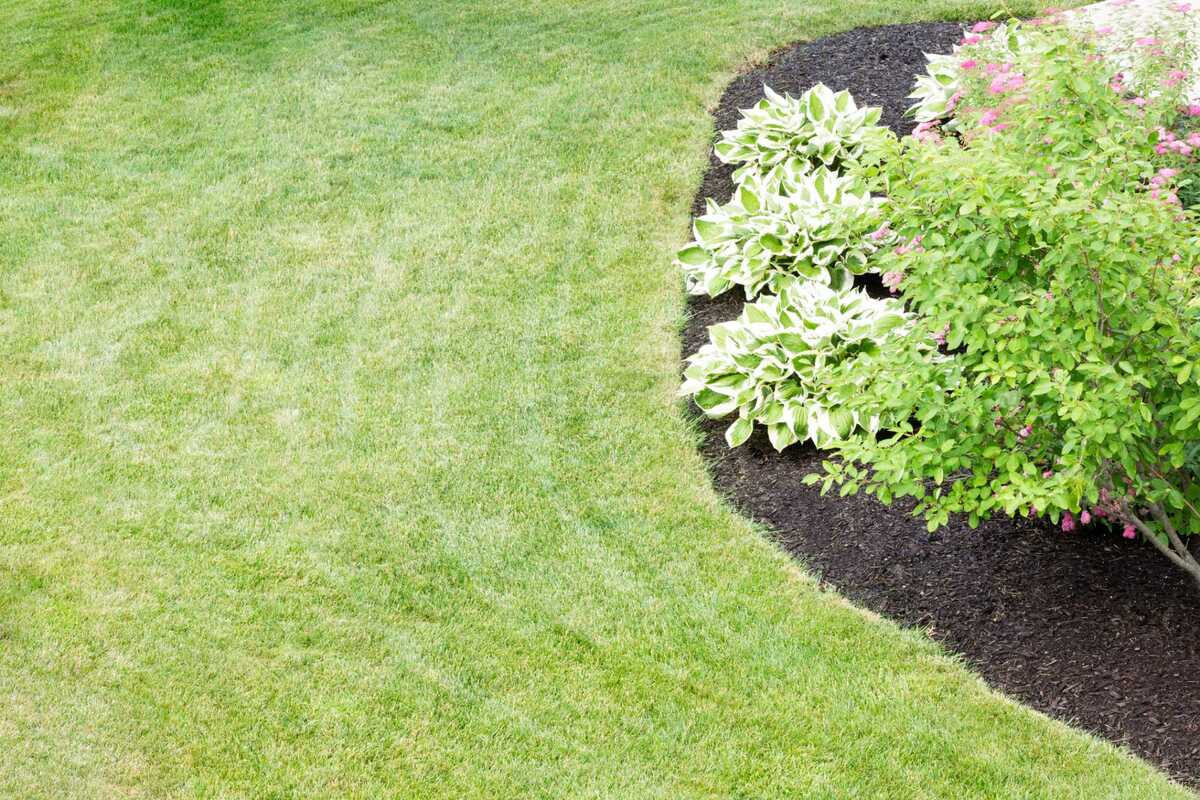

Landscaping Ideas
How To Kill Grass Fleas
Modified: March 2, 2024
Learn effective landscaping ideas to get rid of grass fleas and keep your lawn healthy. Discover expert tips and techniques for controlling grass fleas in your yard.
(Many of the links in this article redirect to a specific reviewed product. Your purchase of these products through affiliate links helps to generate commission for Storables.com, at no extra cost. Learn more)
Introduction
Read more: What To Mop With To Kill Fleas
Understanding Grass Fleas
Grass fleas, also known as chiggers, are tiny red mites that belong to the arachnid family. These minuscule pests can cause significant discomfort for both humans and animals, as they feed on skin cells, often leaving itchy, red welts in their wake. Understanding the behavior and lifecycle of grass fleas is crucial in effectively managing and eradicating them from your outdoor spaces.
Grass fleas thrive in warm and humid environments, making lawns, gardens, and wooded areas their ideal habitats. These pesky creatures are most active during the warmer months, with their presence peaking in late spring and early summer. Their preferred hosts include birds, rodents, and other small animals, but they are not averse to latching onto humans who venture into their territory.
As grass fleas are nearly microscopic in size, it can be challenging to spot them with the naked eye. However, the itchy aftermath of their bites often serves as a telltale sign of their presence. Taking proactive measures to identify and prevent grass fleas can help safeguard your outdoor spaces and ensure a more enjoyable time spent in nature.
Read more: What To Mop With To Kill Fleas
Understanding Grass Fleas
Grass fleas, scientifically known as Trombiculidae mites, are not true fleas but are instead a type of arachnid closely related to spiders and ticks. These minuscule pests are commonly found in grassy and wooded areas, where they thrive in warm, humid conditions. Despite their name, grass fleas do not jump like traditional fleas but instead latch onto their hosts to feed on skin cells, causing discomfort and irritation.
The lifecycle of grass fleas consists of several stages, beginning with eggs laid in the soil. These eggs hatch into larvae, which are the stage at which grass fleas are most likely to come into contact with humans and animals. The larvae are extremely small, red in color, and have six legs. They are parasitic during this stage, feeding on the skin cells of hosts to obtain the nutrients they need to develop into the next stage of their lifecycle.
Once the larvae have fed, they drop from their host and develop into nymphs and eventually adults. Adult grass fleas do not feed on hosts and are primarily focused on reproducing. They lay eggs in the soil, and the lifecycle begins anew.
It's important to note that grass fleas are not known to transmit diseases to humans, but their bites can cause intense itching and discomfort. Understanding the behavior and lifecycle of grass fleas is essential for effective management and control. By familiarizing yourself with their habits and preferred habitats, you can take proactive measures to minimize their presence and mitigate the risk of encountering these bothersome pests.
Next, let's delve into the various methods for identifying grass fleas and recognizing their presence in outdoor spaces.
Identifying Grass Fleas
Identifying grass fleas can be challenging due to their tiny size, but there are several signs that can indicate their presence in outdoor areas. Understanding these indicators is crucial for implementing targeted control and prevention measures.
One of the most common signs of grass fleas is the presence of red, itchy welts on the skin, particularly in areas that have been exposed to grassy or wooded environments. These welts are the result of the larvae's feeding activity, which can cause significant discomfort and irritation. It's important to note that the itching from grass flea bites is often more intense than that caused by other common pests, such as mosquitoes.
When inspecting outdoor spaces for grass fleas, pay close attention to areas with dense vegetation, tall grass, and overgrown shrubbery, as these are the environments where grass fleas are most likely to thrive. Additionally, if you or your pets have spent time in these areas and subsequently experience unexplained itching or discomfort, it may be an indication of grass flea activity.
If you suspect the presence of grass fleas in your outdoor spaces, a simple and effective method for verification is to use a white cloth or paper towel to perform a “tick drag” test. Drag the cloth or paper towel over the grass and vegetation, particularly in areas where you suspect grass fleas may be present. After a few moments, carefully examine the cloth for any tiny red mites that may have latched onto it. This method can provide visual confirmation of grass flea activity and inform your approach to control and prevention.
Furthermore, being aware of the seasonal patterns of grass flea activity can aid in their identification. As mentioned earlier, grass fleas are most active during the warmer months, with their presence peaking in late spring and early summer. By remaining vigilant during these periods and taking proactive measures to inspect and monitor outdoor spaces, you can effectively identify and address grass flea infestations before they escalate.
Now that we've explored the methods for identifying grass fleas, let's shift our focus to proactive measures for preventing their presence in outdoor environments.
Preventing Grass Fleas
Preventing grass fleas from infesting outdoor spaces requires a proactive and comprehensive approach that focuses on modifying the environment to discourage their presence. By implementing targeted strategies, you can create an inhospitable habitat for grass fleas and minimize the risk of encountering these troublesome pests.
One effective method for preventing grass fleas is to maintain a well-groomed outdoor environment. Regularly mowing the lawn, trimming overgrown vegetation, and clearing debris can significantly reduce the areas where grass fleas can thrive. By creating a well-manicured landscape, you can limit their preferred habitats and minimize the likelihood of encountering these pests.
Additionally, implementing natural pest control methods, such as introducing nematodes to the soil, can help manage grass flea populations. Nematodes are microscopic organisms that feed on the larvae of various pests, including grass fleas. By introducing nematodes to the soil in affected areas, you can target grass flea larvae and reduce their numbers, thereby mitigating the risk of infestation.
Creating barriers to limit access to grassy and wooded areas can also be an effective preventive measure. Installing physical barriers, such as fencing or edging, can help delineate outdoor spaces and reduce the likelihood of encountering grass fleas. Furthermore, creating designated play and relaxation areas with artificial turf or gravel can provide an alternative to grassy areas, minimizing exposure to grass fleas.
When spending time in outdoor environments where grass fleas may be present, taking proactive measures to protect yourself and your pets is essential. Wearing long sleeves, pants, and closed-toe shoes can provide a physical barrier against grass fleas, reducing the risk of bites and discomfort. Additionally, using insect repellents containing DEET or picaridin can further deter grass fleas and minimize the likelihood of bites.
Regularly inspecting and cleaning outdoor gear, such as lawn furniture, gardening tools, and pet accessories, can also contribute to preventing grass flea infestations. By maintaining a clean and organized outdoor environment, you can minimize potential hiding spots for grass fleas and reduce the risk of encountering these pests.
By implementing these preventive measures, you can create an environment that is less conducive to grass flea activity and reduce the likelihood of infestations. However, if grass fleas have already infiltrated your outdoor spaces, effective eradication methods are essential to reclaiming a pest-free environment.
One tip for killing grass fleas is to regularly mow your lawn and keep it well-trimmed, as fleas thrive in tall grass. Additionally, you can use nematodes or diatomaceous earth to naturally control flea populations in your yard.
Read more: How To Treat Grass For Fleas
Getting Rid of Grass Fleas
When grass fleas have infiltrated outdoor spaces, prompt and targeted action is necessary to eliminate these pests and reclaim a comfortable environment. Implementing effective eradication methods can help address existing infestations and prevent the resurgence of grass fleas in the future.
One of the most direct methods for getting rid of grass fleas is through the application of insecticides specifically formulated to target mites and other nuisance pests. These insecticides can be applied to outdoor areas where grass fleas are prevalent, effectively reducing their numbers and minimizing their impact on humans and animals. It is important to carefully follow the instructions provided with the insecticide and take appropriate safety precautions when applying these products.
In addition to insecticide treatments, incorporating natural predators of grass fleas can help manage their populations. For example, introducing predatory mites, which feed on grass flea larvae, can aid in reducing their numbers and controlling infestations. By leveraging the natural mechanisms of pest control, you can establish a more balanced ecosystem in outdoor spaces and mitigate the impact of grass fleas.
Another effective method for getting rid of grass fleas is through the application of diatomaceous earth. This natural substance, composed of fossilized diatoms, can be sprinkled in areas where grass fleas are present. Diatomaceous earth acts as a desiccant, effectively dehydrating and eliminating grass fleas upon contact. Its non-toxic nature makes it a safe and environmentally friendly option for addressing grass flea infestations.
Furthermore, maintaining a clean and well-organized outdoor environment is crucial for getting rid of grass fleas. Regularly removing debris, leaf litter, and other potential hiding spots for grass fleas can disrupt their habitats and reduce their numbers. Additionally, thorough lawn maintenance, including raking and aerating the soil, can help expose grass flea larvae to natural predators and environmental stressors, contributing to their decline.
It is important to address grass flea infestations promptly and comprehensively to prevent their proliferation and minimize their impact on outdoor activities. By combining targeted eradication methods with proactive prevention strategies, you can create an environment that is inhospitable to grass fleas and enjoy outdoor spaces without the discomfort and irritation caused by these pests.
Now, let’s explore natural remedies for addressing grass flea infestations and promoting a pest-free outdoor environment.
Natural Remedies for Grass Fleas
When seeking alternative approaches to address grass flea infestations, natural remedies offer effective and environmentally friendly solutions for managing these pests. By leveraging the power of natural substances and ecological balance, you can effectively combat grass fleas and create a more harmonious outdoor environment.
One of the most widely recognized natural remedies for controlling grass fleas is the use of essential oils with repellent properties. Essential oils such as cedarwood, eucalyptus, and lavender are known for their ability to deter pests, including grass fleas. Diluting these essential oils with water and applying them to outdoor areas can help create a natural barrier against grass fleas, reducing their presence and minimizing the risk of bites.
Furthermore, incorporating beneficial nematodes into the soil can aid in controlling grass flea populations. Beneficial nematodes are microscopic organisms that prey on the larvae of various pests, including grass fleas. By introducing these natural predators into affected areas, you can target grass flea larvae and reduce their numbers, effectively managing infestations in a sustainable and eco-friendly manner.
Another natural remedy for addressing grass flea infestations is the use of diatomaceous earth. This natural substance, derived from fossilized diatoms, acts as a desiccant, effectively dehydrating and eliminating grass fleas upon contact. By applying diatomaceous earth to areas where grass fleas are prevalent, you can target these pests without compromising the safety of humans, animals, or the environment.
Creating a balanced and diverse ecosystem in outdoor spaces can also contribute to natural grass flea control. Introducing plants that repel pests, such as marigolds and chrysanthemums, can help deter grass fleas and other nuisance insects. Additionally, attracting natural predators of grass fleas, such as birds and beneficial insects, can help maintain ecological balance and reduce grass flea populations without the need for harsh chemicals or pesticides.
Regularly maintaining outdoor areas by mowing the lawn, clearing debris, and promoting soil health can also contribute to natural grass flea control. By creating a well-groomed and balanced environment, you can minimize the conditions that favor grass fleas and encourage a more diverse and resilient ecosystem.
By integrating these natural remedies into your approach to grass flea control, you can effectively manage infestations while promoting a sustainable and eco-friendly outdoor environment. These natural solutions offer a harmonious alternative to traditional chemical treatments, allowing you to enjoy outdoor spaces without the discomfort and irritation caused by grass fleas.
As we conclude our exploration of natural remedies, it’s important to emphasize the significance of maintaining a holistic and proactive approach to grass flea management. By combining natural remedies with preventive measures, you can create a balanced and pest-resistant outdoor environment.
Conclusion
Grass fleas, though tiny in size, can cause significant discomfort and irritation for humans and animals. Understanding their behavior, identifying their presence, and implementing effective control and prevention measures are essential for creating a pest-free outdoor environment.
By gaining insight into the lifecycle and habits of grass fleas, individuals can proactively address infestations and minimize the risk of encountering these bothersome pests. Identifying grass fleas through visual indicators and seasonal patterns enables targeted management and control, allowing for prompt intervention when necessary.
Preventing grass fleas requires a multifaceted approach that encompasses environmental modifications, natural pest control methods, and proactive protection measures. By maintaining well-groomed outdoor spaces, creating barriers to limit access, and implementing natural deterrents, individuals can minimize the likelihood of grass flea infestations and reduce the risk of bites and discomfort.
When grass fleas have infiltrated outdoor environments, effective eradication methods, including targeted insecticides, natural predators, and diatomaceous earth, can help eliminate these pests and reclaim a pest-free environment. Integrating natural remedies, such as essential oils, beneficial nematodes, and ecological balance, offers sustainable and eco-friendly solutions for managing grass flea infestations.
As individuals strive to create harmonious outdoor spaces, maintaining a holistic and proactive approach to grass flea management is paramount. By combining natural remedies with preventive measures, such as regular inspection and environmental maintenance, individuals can foster a balanced and pest-resistant environment that promotes enjoyment and well-being.
In conclusion, by understanding, identifying, preventing, and effectively addressing grass flea infestations, individuals can create outdoor spaces that are inviting, comfortable, and free from the discomfort caused by these tiny yet troublesome pests. Embracing natural remedies and sustainable practices enables the cultivation of pest-resistant environments that harmonize with nature and enhance the outdoor experience for all.
Frequently Asked Questions about How To Kill Grass Fleas
Was this page helpful?
At Storables.com, we guarantee accurate and reliable information. Our content, validated by Expert Board Contributors, is crafted following stringent Editorial Policies. We're committed to providing you with well-researched, expert-backed insights for all your informational needs.
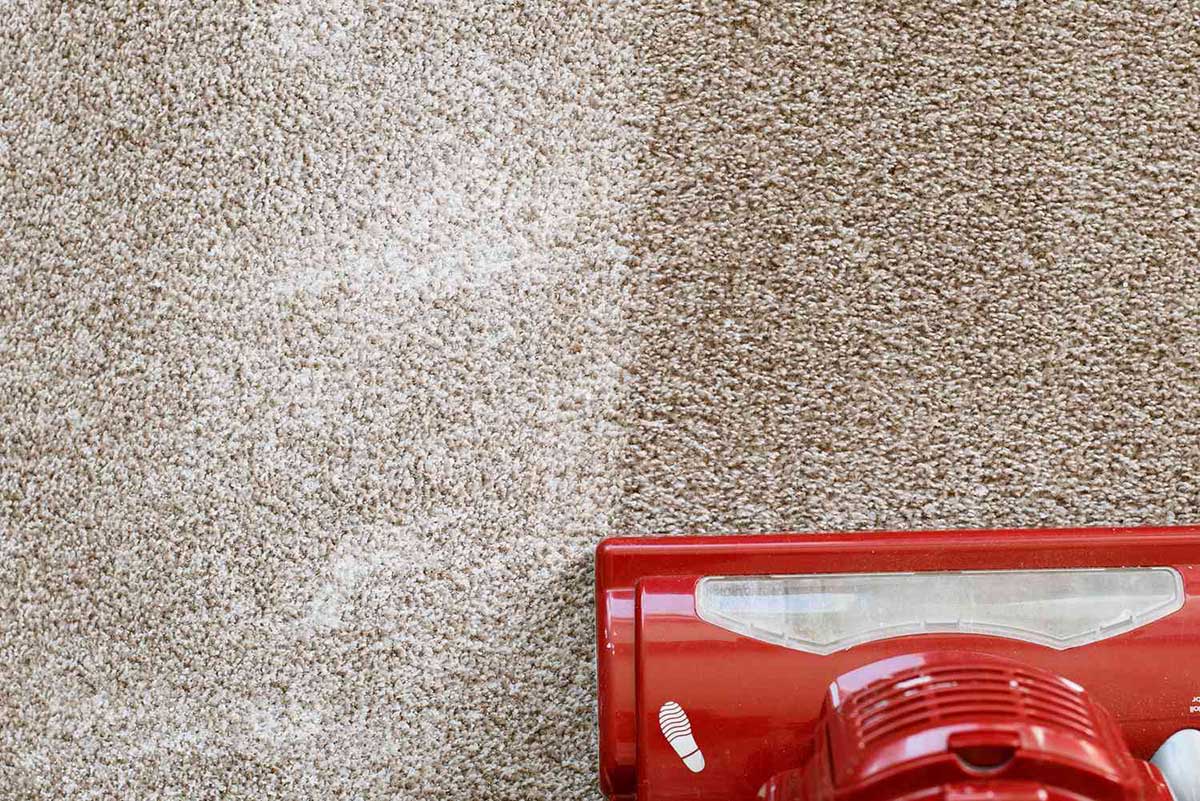

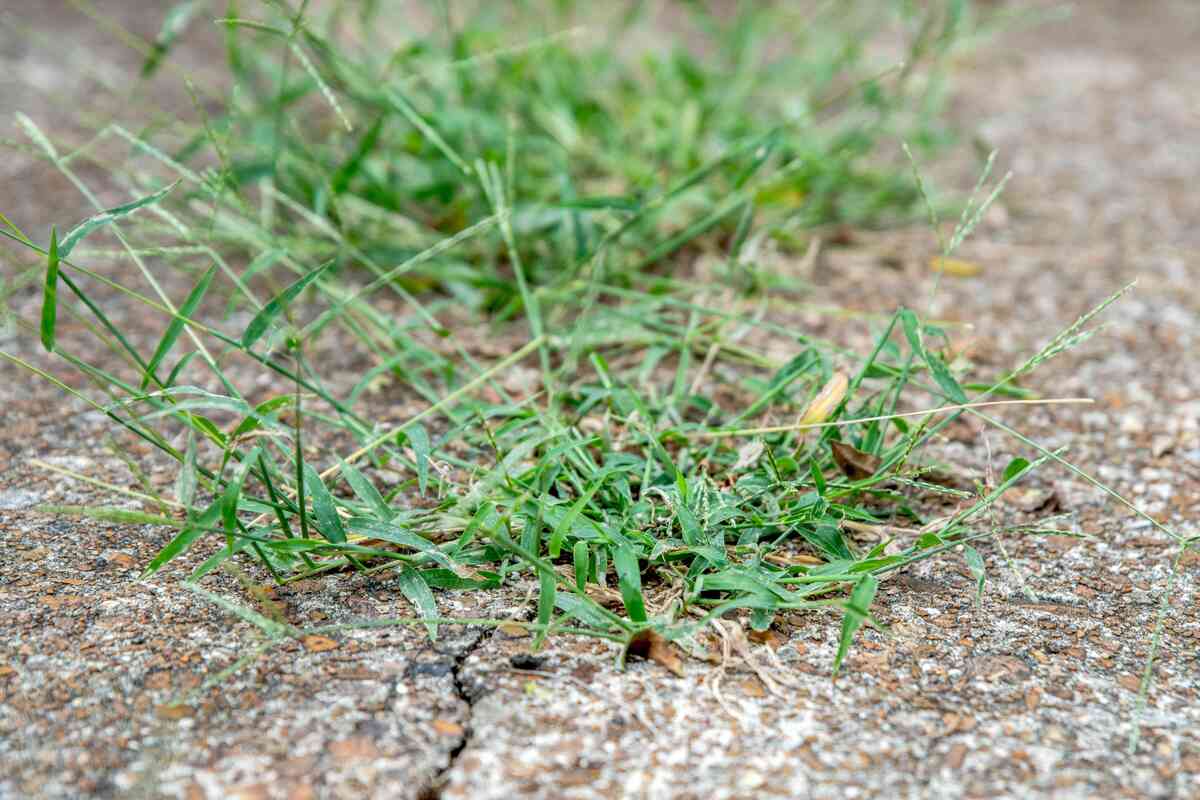
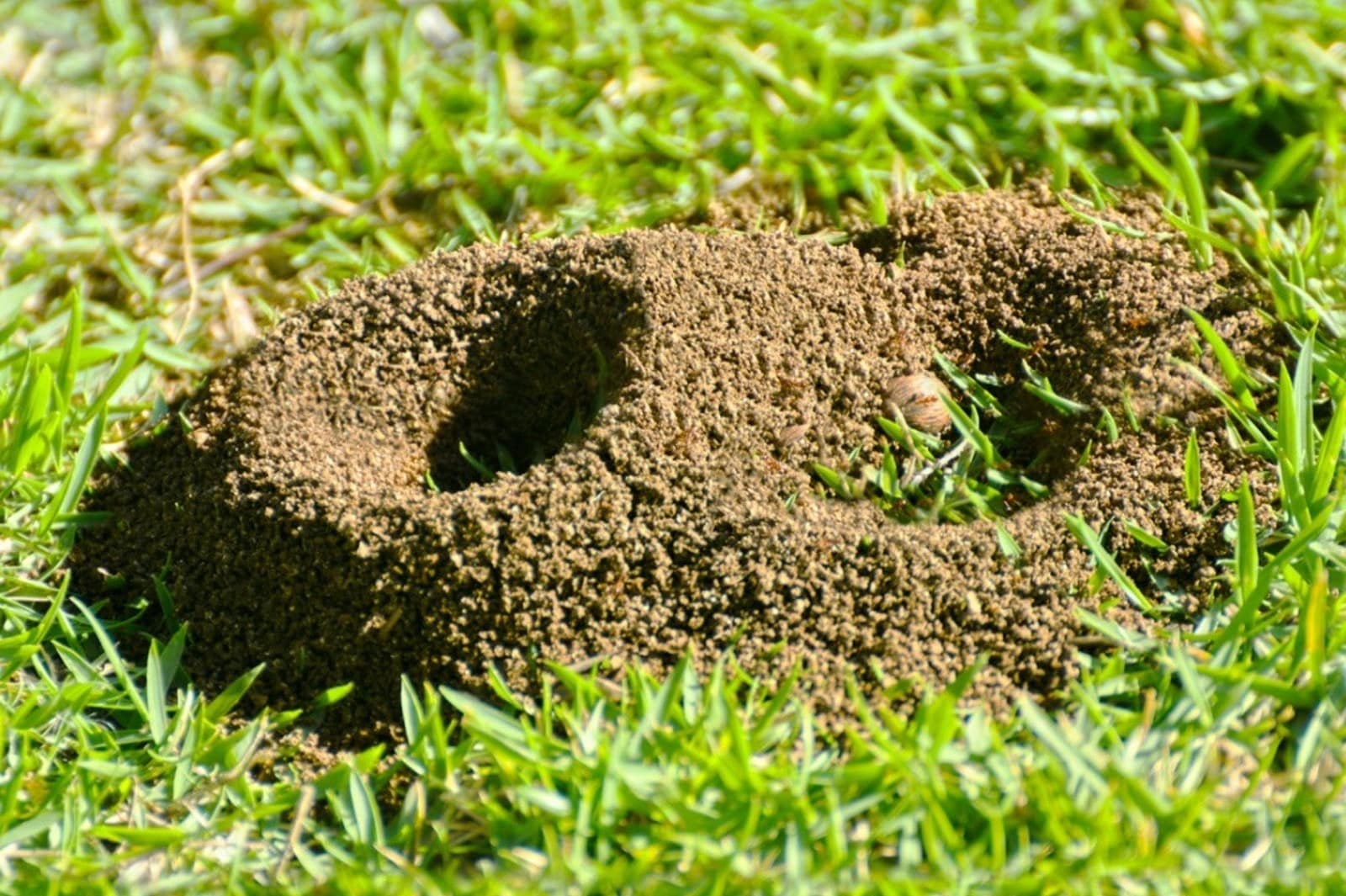
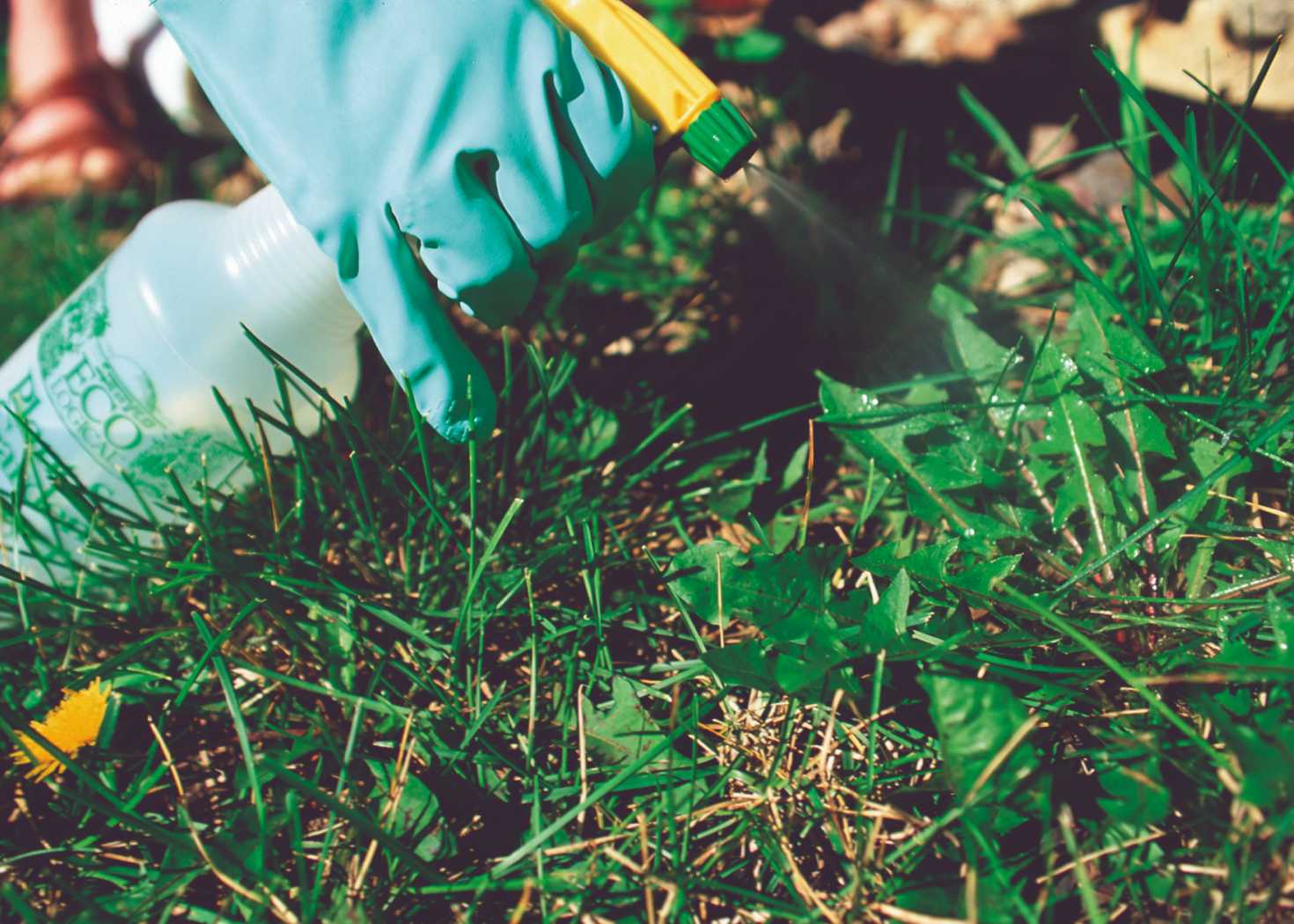
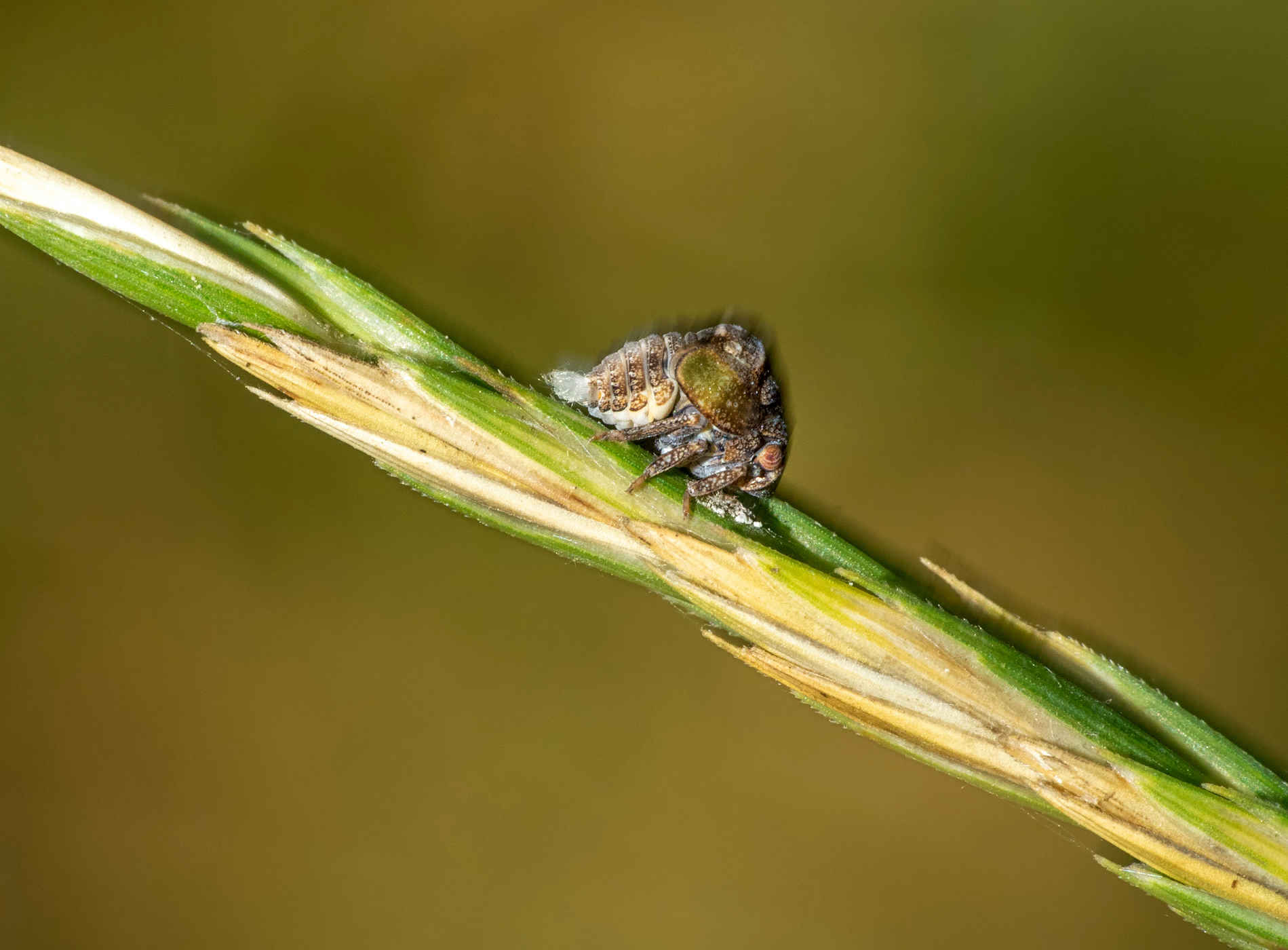
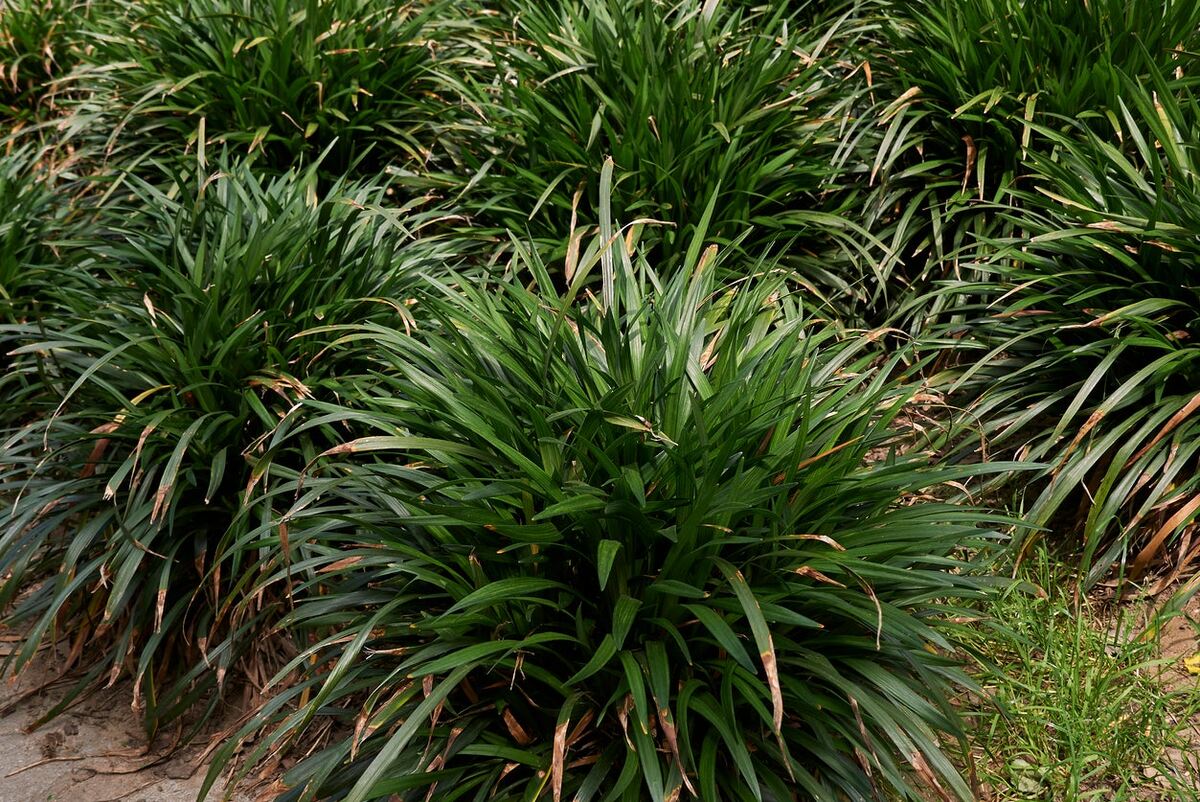
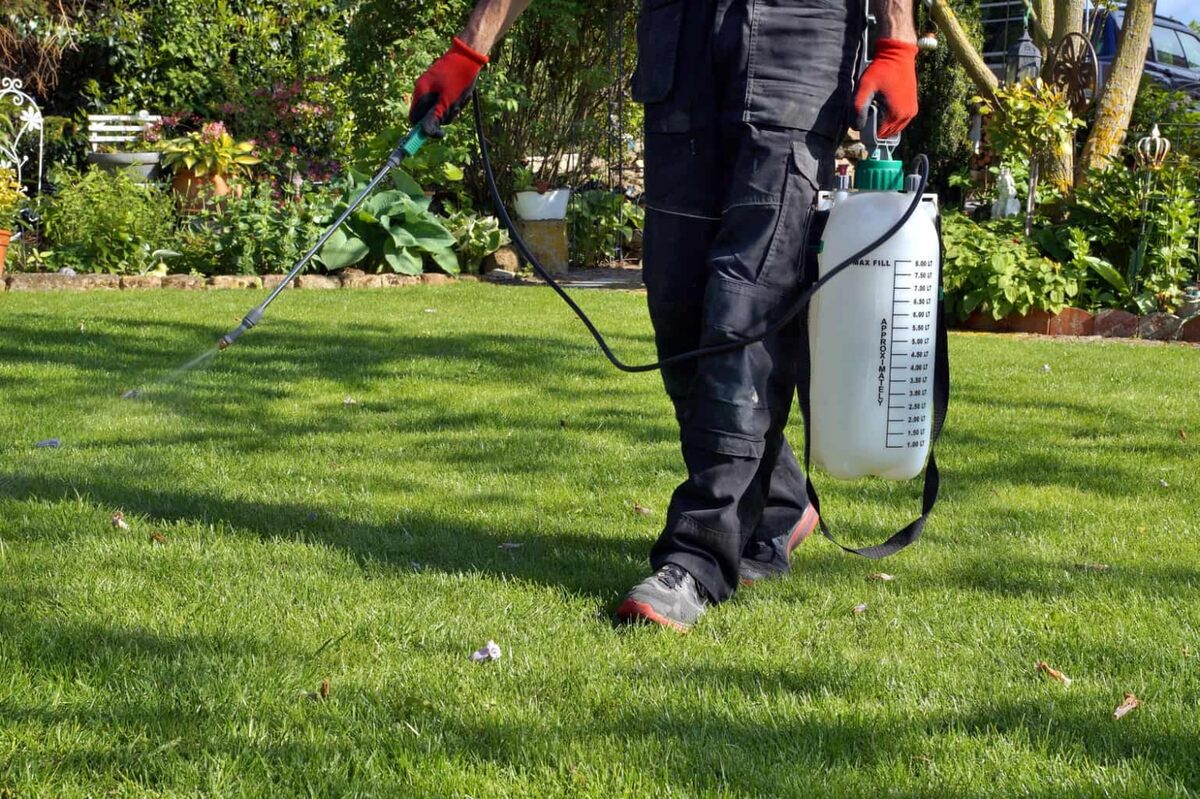
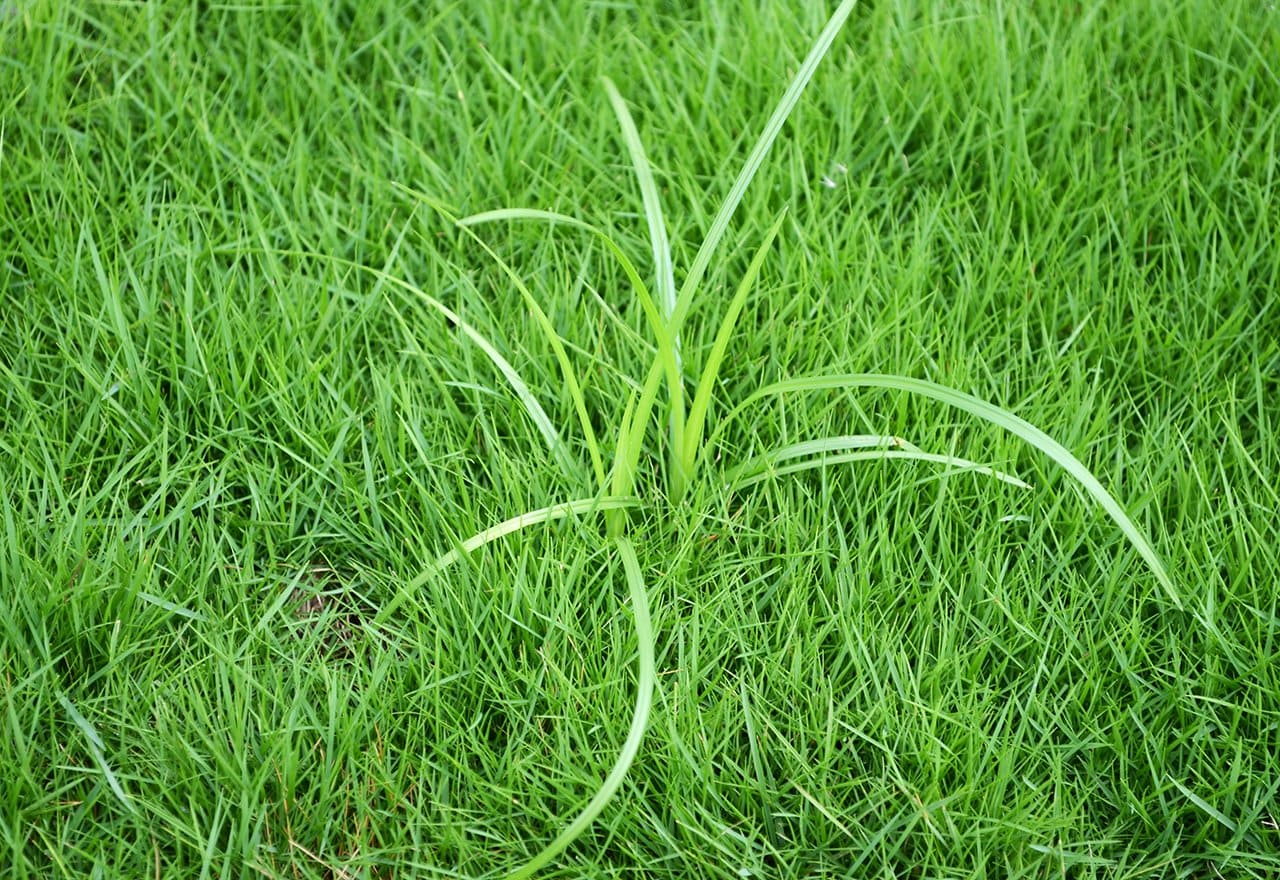
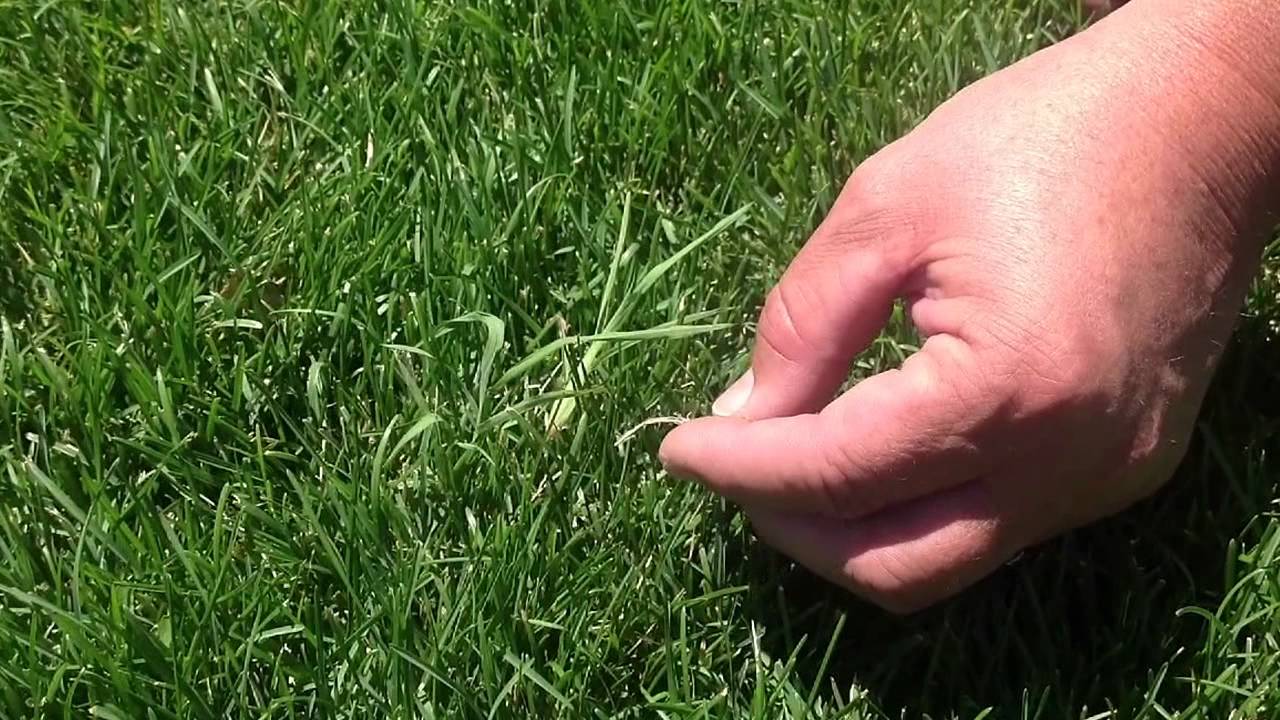
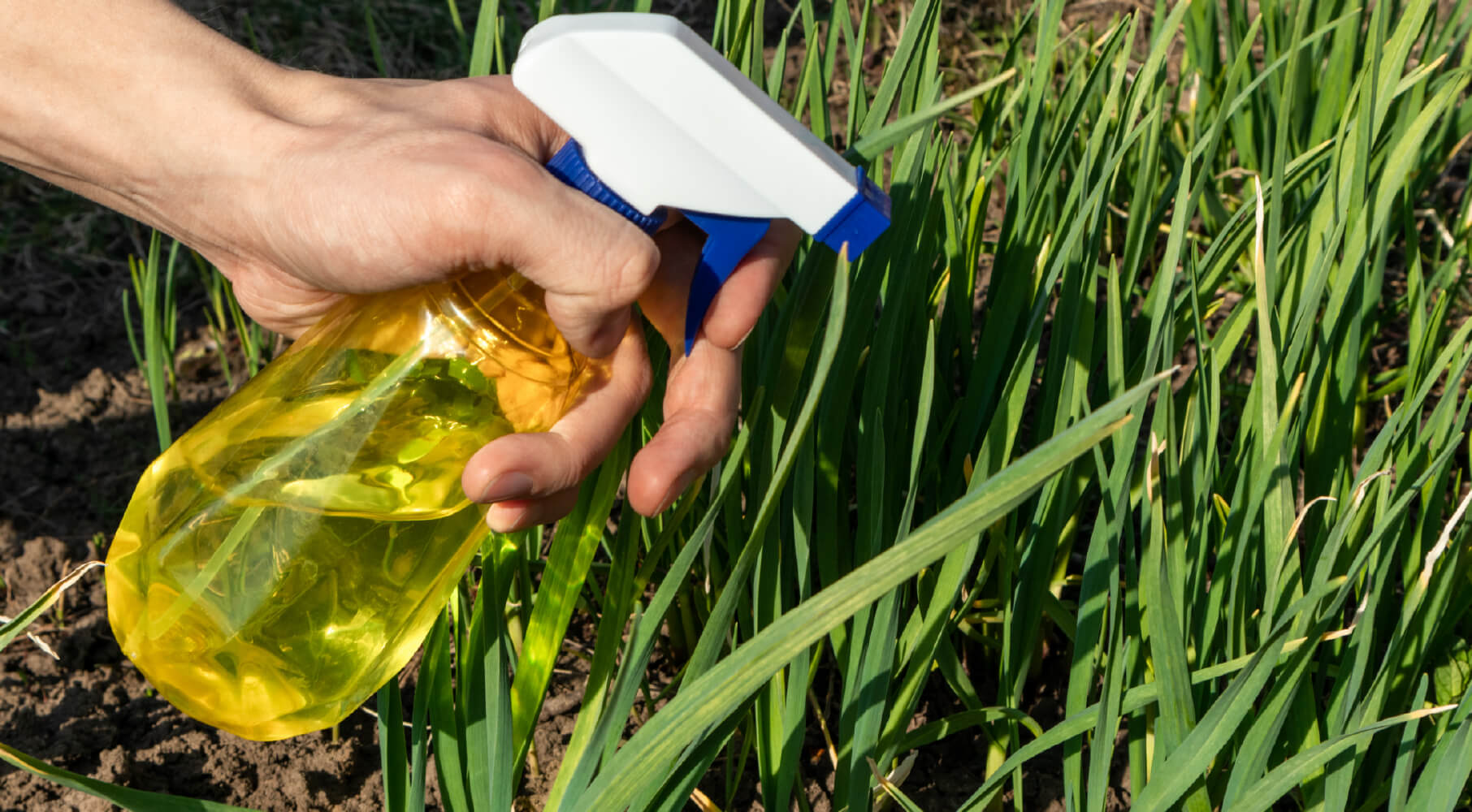
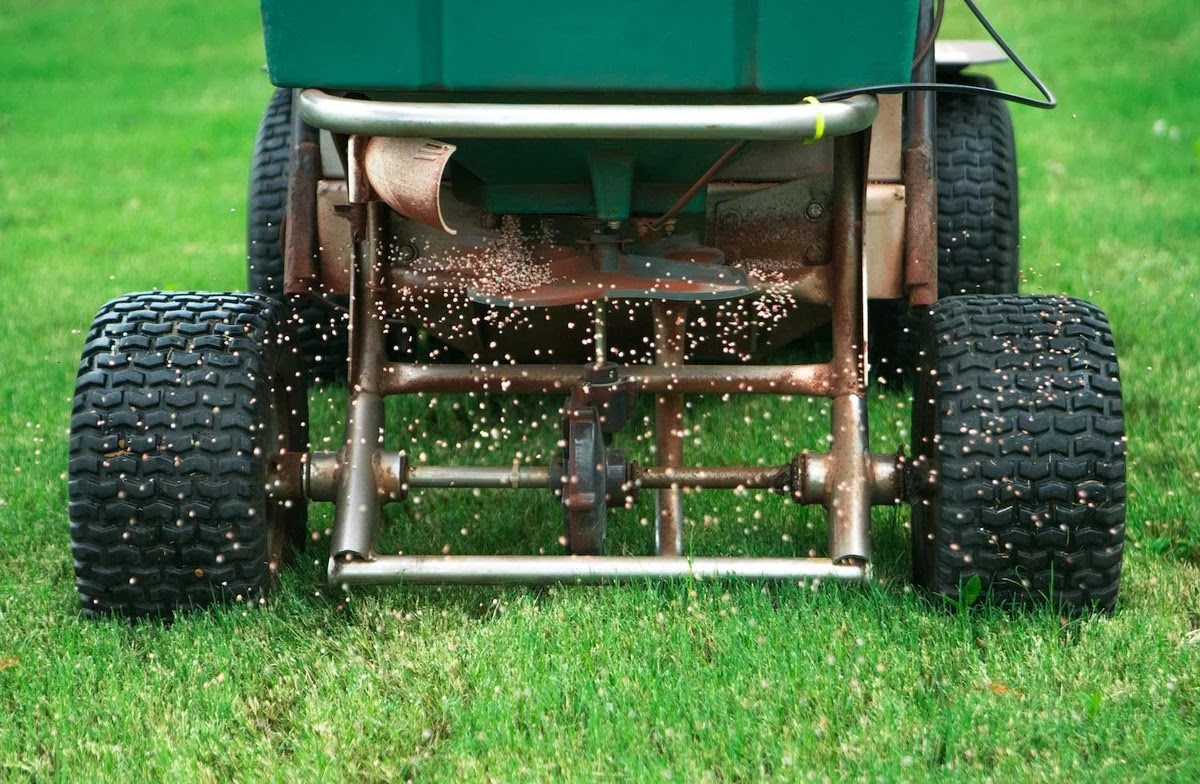
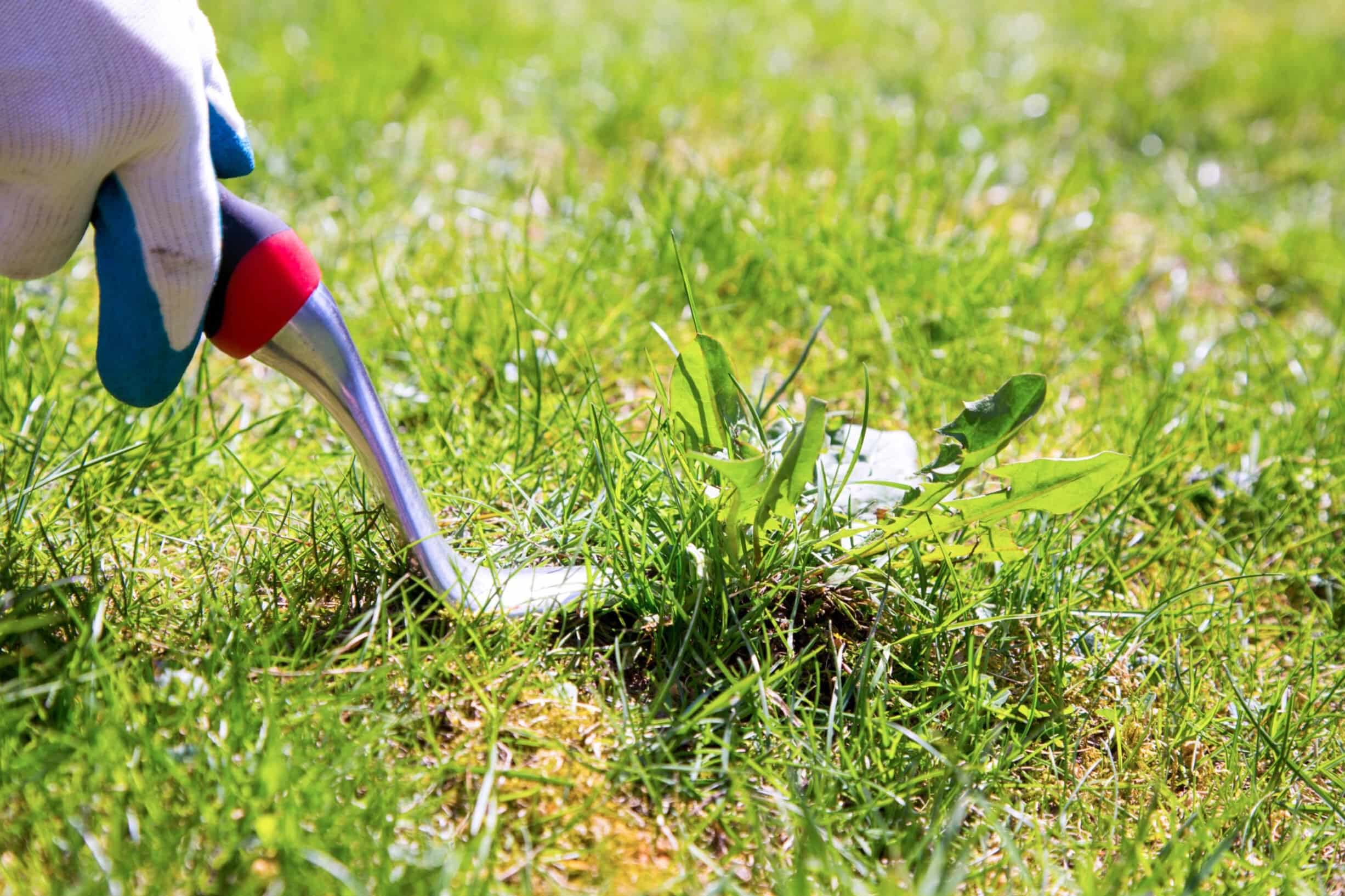
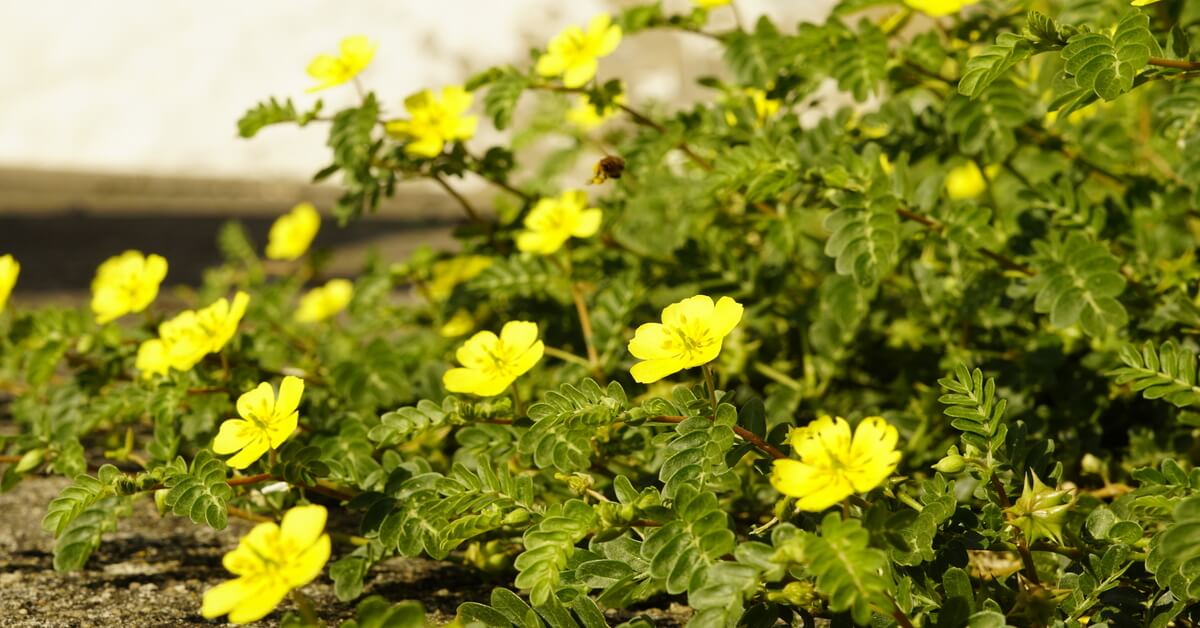

0 thoughts on “How To Kill Grass Fleas”